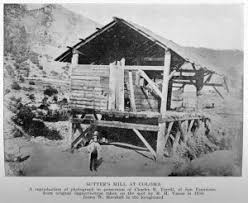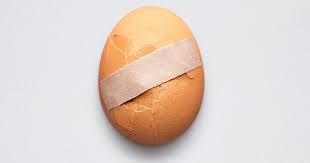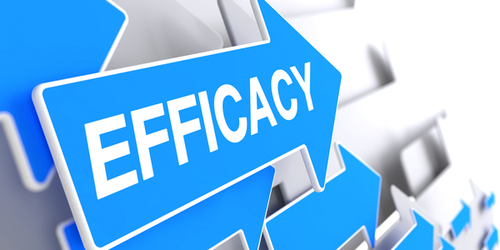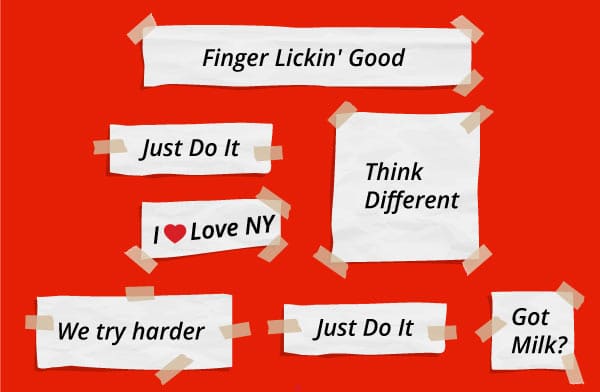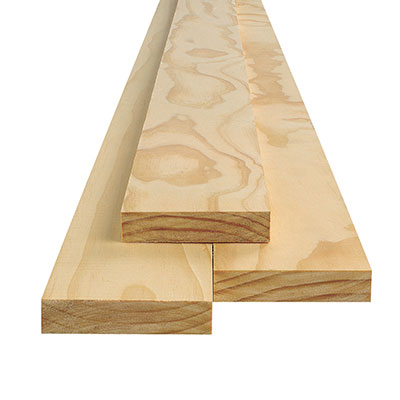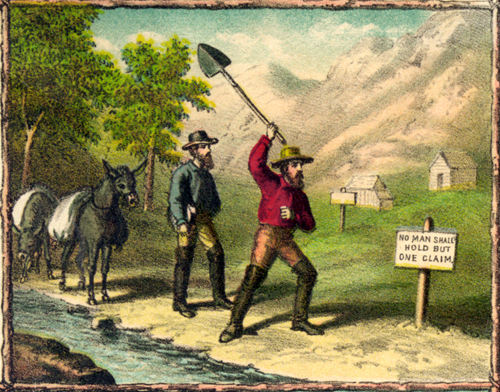Callous Is the New Black.
 When in the ad business I always wanted to have my own agency. My dad had an agency, I guess I wanted to walk in his shoes. I was going to name that agency “Foster, Bias and Sales.” As in, foster consumer attention, create bias toward the product and generate sales for the client. Even then I was all about the bag, about the balance sheet. At some point advertising became less a creative art and more about brand growth.
When in the ad business I always wanted to have my own agency. My dad had an agency, I guess I wanted to walk in his shoes. I was going to name that agency “Foster, Bias and Sales.” As in, foster consumer attention, create bias toward the product and generate sales for the client. Even then I was all about the bag, about the balance sheet. At some point advertising became less a creative art and more about brand growth.
Today in my branding practice, I feel the same way. But I’m leave much of the foster and bias to the agencies while spending time focusing on positioning and organizing brands for sales.
Many brand planners have a positioning angle. “Brand transformation for the experience economy” is one I came across today. “Amygdala branding” is another one (not really, I didn’t want to offend). On my Twitter account I say “Redistributing business wealth through brand strategy.” It’s like you can insert almost any word before or after the word “brand” and jump into the strategist arena.
Well, let’s cut the art and try a new approach: How about “Callous Branding.” A straight up sales focus. What does it take to “sell more, to more, more often, at higher prices?” (Thanks Sergio Zyman.) Why not a callous declaration of customer value and brand value? One driven by the kind of claim every employee can measure themselves against. And every sales director, CFO and CEO can really, really lay into.
Callous is the new black.
Peace.


